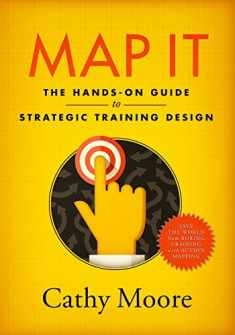
Ten Steps to Complex Learning: A Systematic Approach to Four-Component Instructional Design
Book details
Summary
Description
Ten Steps to Complex Learning presents a path from a training problem to a training solution in a way that students, practitioners (both instructional designers and teachers), and researchers can understand and easily use. Practitioners can use this book as a reference guide to support their design of courses, materials, or environments for complex learning. Students in the field of instructional design can use this book to broaden their knowledge of the design of training programs for complex learning.
Now fully revised to incorporate the most current research in the field, this second edition of Ten Steps to Complex Learning includes user-friendly examples and case studies, and demonstrates the application of the ten steps in relation to the design of serious games, learning networks, social media, and new developments in educational neuroscience.


We would LOVE it if you could help us and other readers by reviewing the book
Book review





